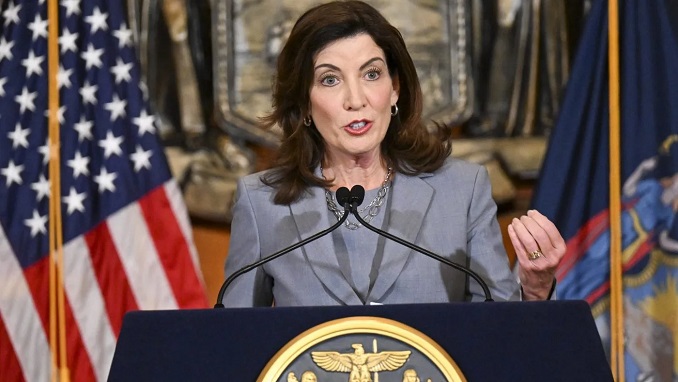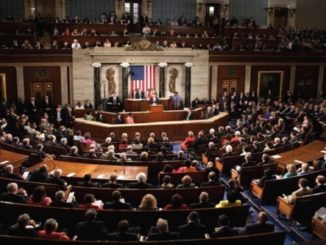
New York State legislatures have passed a bill to enshrine abortion rights into the state constitution.
The move to add abortion rights as an amendment comes in the wake of the Supreme Court’s decision to overturn the federal right to abortion in Roe v. Wade.
The next decision will be with voters on whether New York will enshrine abortion rights in the state constitution. The matter is set to be on the ballot in 2024.
It is the second time the amendment has cleared the state Assembly and state Senate in New York. The resolution was first passed in July 2022 after the Supreme Court overturned federal abortion rights in June. It passed both chambers by an overwhelming majority.
“As other states take extreme measures to stymie progress and roll back reproductive rights, New York will always lead the way to combat discrimination in all forms and protect abortion access,” New York Gov. Kathy Hochul (D) said.
“Today, we passed the Equality Amendment for the second time, which, if approved by the people, would enshrine in our constitution expanded protections for the civil rights of New Yorkers and ensure that no one is denied the opportunity to fully participate in society on the basis of their identity,” Assembly Speaker Carl Heastie (D) said.
Heastie said New York will never let the extremist, anti-choice agenda prevent anyone from accessing reproductive healthcare.
In 2019, New York added stronger abortion rights into state law. Last year it approved new laws to shield providers and patients from out-of-state litigation.
But in the wake of the Roe vs. Wade decision, abortion rights advocates and some lawmakers pushed to enshrine the protections in the constitution as a way to make it harder to overturn by any future legislature.
The state amendment would add new protected classes to the state’s constitution. It would add to the Equal Protection Clause and protect against discrimination based on a slate of factors.
It would also bar intentional government discrimination based on a person’s ethnicity, national origin, age, disability, or sex, including sexual orientation, gender identity, gender expression, pregnancy, pregnancy outcomes, and reproductive health care and autonomy.




Be the first to comment